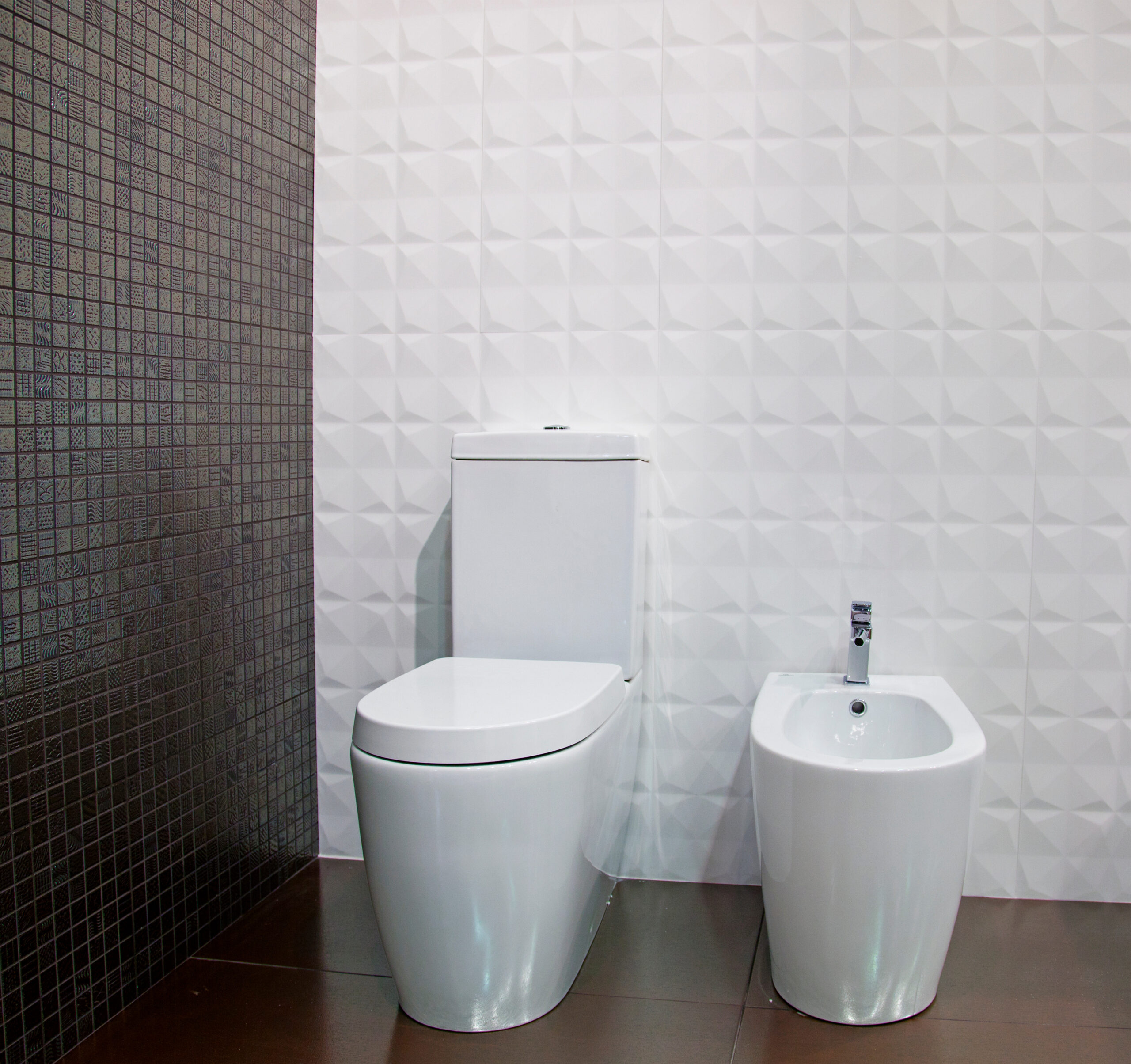 (412) 364-9114
(412) 364-9114

You’re reading this because you’re curious. Don’t deny it! So, what exactly is a bidet? Maybe you’ve seen one, a few of you have even used one and a tiny fraction of you may be so bold as to own one. Bidets are commonplace in European and Asian countries, but they’re typically taboo in America. In this blog we give a brief overview of bidets; keep on reading for Bidet 101.
Bidet, a French word, meaning “small horse” was given as a name to this contraption due to the manner in which one must straddle the toilet for it to work effectively. The concept of using water to clean private areas dates back to 2500 BCE, about the same time archeologists believe the first toilets were created. The bidet became very popular in France around the 1700s. At that time, people were lucky to take a bath once a week. The bidet allowed them to feel clean without bathing their entire body. The following timeline highlights the history of the bidet:
These antiques were made of porcelain and adorned with fine metals and jewels. They were separate from the toilet and stood alone. They used a hand pump to create a fountain-like water flow.
Features sit-down wash basin with a hose attachment. It stands next to the toilet and resembles a toilet.
These bidets mix hygiene and technology. Most have the following features:
Embracing the bidet in one’s household is a decision that marries both comfort and hygiene with potential financial savings. The upfront costs, while varied ($300-$1000), can be justified by long-term savings on essentials like toilet paper, potential health benefits, and even increased property value. Moreover, in an era where sustainability and eco-consciousness are paramount, a bidet offers an environmentally friendly alternative to excessive toilet paper consumption. While the journey to pick the perfect bidet requires a careful analysis of costs, features, and personal preferences, the ultimate reward is a heightened bathroom experience that’s both luxurious and practical.
There are several types of bidets available, each with its own set of pros and cons. Ultimately, the type of bidet that’s right for you will depend on your personal preferences and needs. Consider factors such as space, cost, and cleaning effectiveness when making your decision. Hopefully, this blog quelled some of the burning questions you had in regards to this taboo restroom appliance.